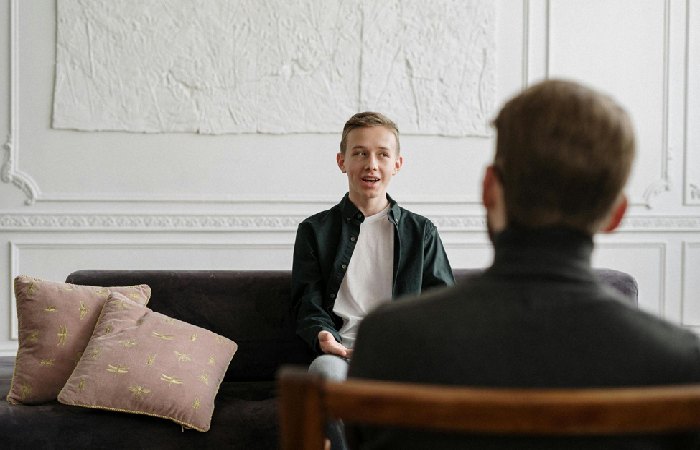These days, taking care of our mental health is absolutely essential. People are talking about it more than ever before. Therapy’s not just for big crises; it’s like a tune-up for your mind, helping you handle whatever’s thrown your way. The kind of therapy you choose can have a big impact on how things turn out.
Understanding Different Therapy Approaches
Wondering what all these types of therapy are about? You’re not alone. Some folks want to vent and unpack; others need practical tools to tackle stress. Each therapy’s got its own flavor, and there’s no one-size-fits-all. It’s totally okay to test-drive a few before you click with one.
The key? Stay open, give it time, and know that showing up for yourself is half the battle. Change isn’t instant, but it’s worth the ride.
Cognitive Behavioral Therapy
CBT is one of the most popular types. It helps people spot negative thinking patterns. Once you know the pattern, you can switch it up. It is practical. It is action-focused.
CBT is effective for tackling anxiety, depression, and even those pesky sleep issues. People like it because it gives them tools they can use right away. You learn to shift your thoughts. You learn to take control of your reactions. It is powerful stuff.
CBT is often short-term, so people start seeing changes in weeks or months. Homework between sessions is common. That’s how you can totally level up your skills in the real world.
Dialectical Behavior Therapy
DBT grew out of CBT but has its own twist. It helps with intense emotions. It is great for people who feel overwhelmed or stuck in emotional roller coasters.
This therapy focuses on mindfulness and acceptance. You learn to sit with feelings without letting them take over. DBT teaches coping skills too. It is often used for borderline personality disorder but works for other challenges as well.
DBT usually includes group work and one-on-one sessions. The group teaches skills. The individual sessions help apply them. It is a team effort that helps people build a life worth living.
Psychodynamic Therapy
This one’s like therapy archaeology—digging into your past to understand why you tick the way you do. Psychodynamic therapy explores how childhood or old experiences shape your quirks today. Ever wonder why you always clam up in arguments? This could uncover the why.
It’s not so much about quick fixes as it is about getting to know yourself better and peeling back layers for long-term growth. Sessions feel like heart-to-hearts that help you see patterns and change how you see yourself. It’s a slow burn, but the ideas can change everything.
Humanistic Therapy
The focus of humanistic therapy is on you. It’s all about discovering your true self and embracing personal growth. The therapist helps you without judging you. They take you on an amazing journey to uncover your true self.
People who feel lost or disconnected often find this approach helpful. It builds confidence. It helps people see their own worth. It is gentle but can lead to big changes over time.
The therapist listens deeply. They reflect back what they hear. This helps people connect with their feelings and values. It is like finding your compass again.
Interpersonal Therapy
IPT focuses on relationships. It helps folks get better at connecting with each other. It is often used for depression but can help with grief and social anxiety too.
This therapy looks at current relationships. It helps people figure out patterns that lead to issues. Then it offers strategies for building better, healthier connections. Having solid relationships usually means better mental health all around.
IPT usually works in a set number of sessions. It is goal-focused. It helps people get unstuck and improve how they relate to others. Better communication means less stress.

Group Therapy
Group therapy brings people together. Everyone shares. Everyone listens. It is powerful to know you’re not alone in your struggles.
A trained therapist guides the group. Members help each other out. It can help you get better at socializing, build your confidence, and heal emotionally. Some people find it easier to talk about their feelings in a group than by themselves. You’re going to be amazed at just how effective this can be.
Group therapy creates community. It helps people feel seen and heard. It shows people that others face similar battles. That sense of connection is healing in itself.
Wrapping It All Up
Therapy’s not just for when life’s falling apart—it’s for growing, healing, and finding your groove. With so many types of therapy, there’s something for everyone, whether you’re into deep dives or quick fixes. Start by reaching out to a therapist, even if it feels scary. Try a style, switch it up if it’s not your jam, and don’t quit. It’s like finding the right pair of jeans—takes a few tries, but the perfect fit’s worth it. Therapists are there to cheer you on, not judge. Take that first step, and you might be surprised how much lighter life feels.



